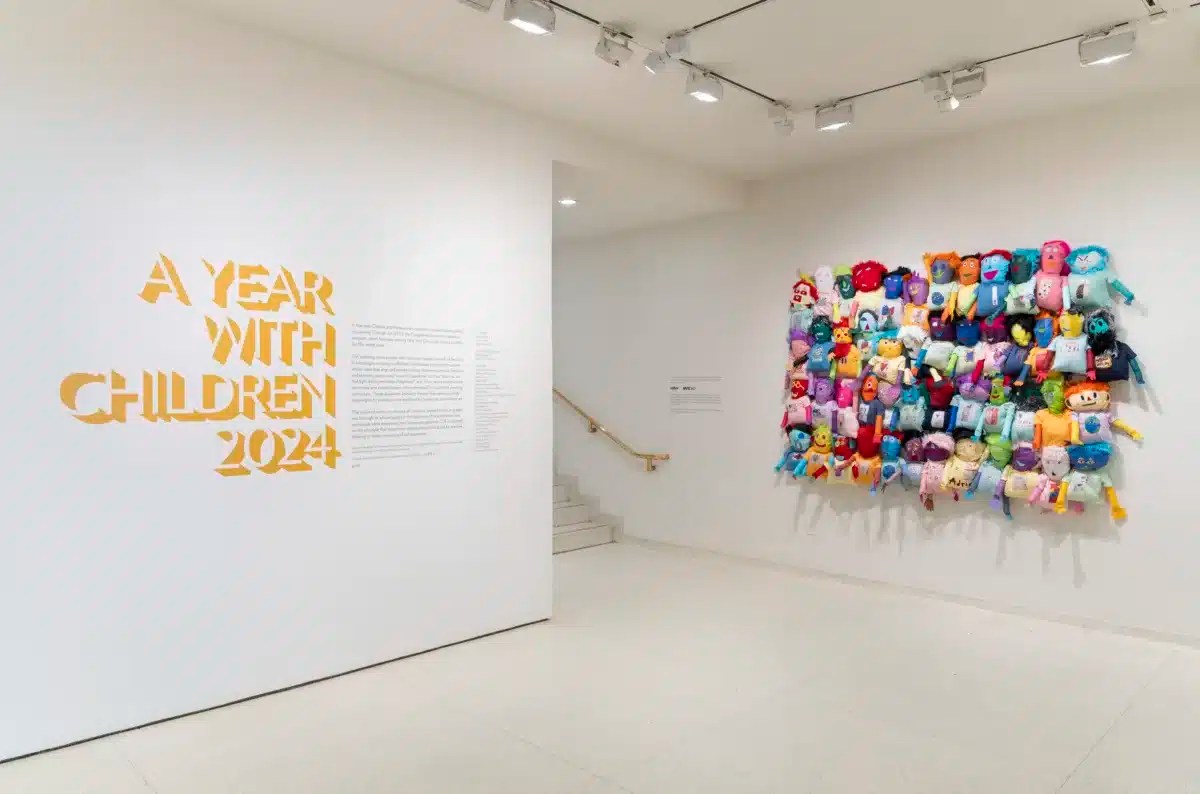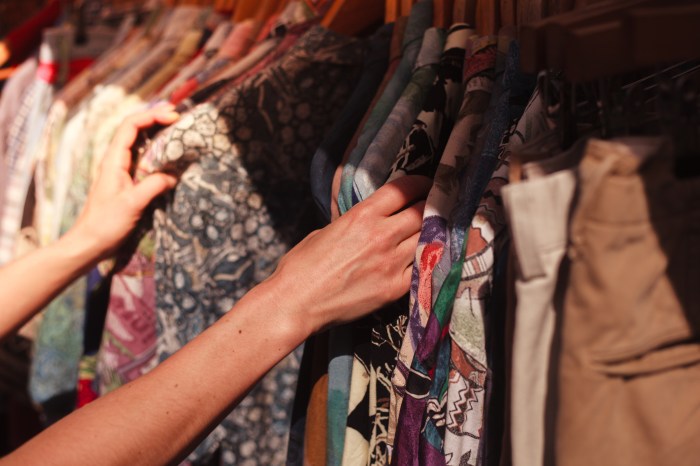
Give me a paint brush, and I’ll give you a reason to laugh.
Despite trying, I’ve never been gifted in anything art-related. My drawings look like a gorilla was given a pencil, and my paintings haven’t advanced much from my first-ever finger paintings.
That’s why doing a paint-and-sip class, where a teacher takes you step-by-step while you drink wine or beer, has never been something on my to-do list — until now.
With hope, but much trepidation, I signed up for Dirty Hands, a paint-and-sip that actually focuses on creating artwork with one technique rather than doing an entire scene with acrylic paints.
What endeared me to this particular class was the fact that it was called “Tape S—” as well as the founder’s irreverent take on paint-and-sip classes that won’t teach you how to paint a sunset.
If there was any painting class for me, this was it. Using tape to form shapes that we’d paint in sounded like something I could actually do.
From the get-go, Dirty Hands was a very low-key experience that didn’t intimidate me at all. In fact, it felt like the other participants and I were in this together and mistakes were made and forgotten.
Gosha Levochkin, the founder and instructor, showed us step-by-step how to use tape to create cool shapes while making sure the paint didn’t bleed into the white space of our canvasses. It helped when he pointed to examples of what it should look like and gave a short art history lesson about Roy Lichtenstein, whose style sometimes used a similar method.
“There are techniques that were invented in the 1960s and ’70s that we’ve completely forgotten about, like using tape and matte mediums,” Levochkin said. “It’s different than traditional painting classes, where they give you six colors and brushes and you go for it. I give you a technique and an hour and you’ll use the left side of your brain to come up with a dope piece by the end of the class.”
Once we learned the general concept, we were left to our own devices. It was difficult for me to think about what to do and to remember what shapes actually exist, but my piece did turn out pretty dope, at least for me. The geometric shapes and bright colors pop off the canvas and complement each other quite nicely, even if together they look like a scary bird man from one angle.
Getting there didn’t go exactly smoothly, however. I did forget to put down the matte medium, which makes the paint less shiny and adheres better to the canvas, and when I was pulling the tape off around my only circle, the paint came off with it. I was left with a disaster and felt like my 10-year-old self in art class, sheepishly looking around at the other kids’ artwork.
Levochkin did remind me that even if you do screw up, it’s possible to save your work by covering up the mistake with something better. My sad circle became a larger one that dominates the canvas.
“If you’re walking out with something you’re not proud of, my job is not done,” he told me. “I want people to feel they completed something great.”
Other classes he runs include watercolor (which you can do in one hour), “color worship” (using alcohol-based inks to paint vivid colors) and “characters,” where you use graphite and pen. He also does private classes if you want to hold a party.
Levochkin, who used to be an animator, opened Dirty Hands in January and does his own work on the side, having shown work at galleries in Los Angeles and New York City.
Having an actual artist/animator helping me with my own work was a privilege and even though I titled my work, “Oh s—!” I am actually proud of it, and that, my friends, is an accomplishment.
For more information, visit dirtyhands.work.

















